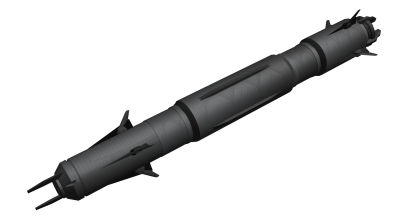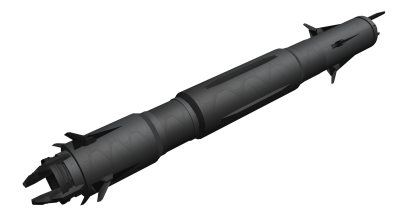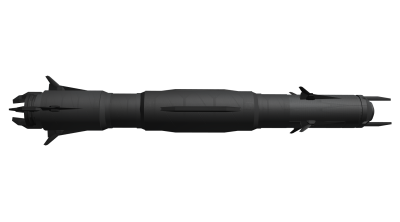Current Year
2789 A.D.
Setting Information
Sector Map
–
Timeline
–
Notable Technologies
Nations and Entities
Solar Confederacy
United American Starzone
Anglo Confederation
Ruhr Federal Zone
(CONFED)
–
Coalition of Progressive People's Systems
Koalitsiya Sistem Progressivnykh Narodov
(KSPN)
–
Protectorat Du Phare
Lighthouse Protectorate
(PDP)
–
Dominion of the Sanujab
Nested Settings
The World of Eideon
Fixed Setting Prototype v1.0
Miscellaneous
Junk Drawer
Art Credits




